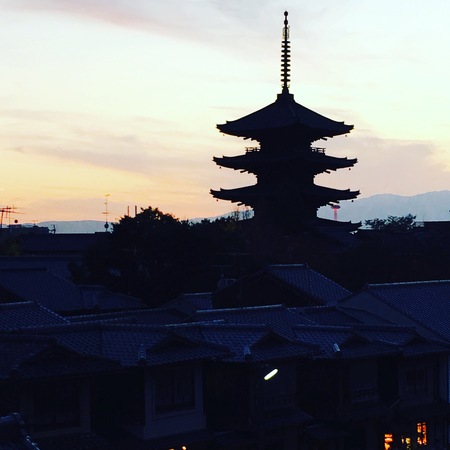建築も仏像も
建築はものだから、そこに気分を投影できる。
ものだから、つくり手がいて、構想する人がいて、設計する人がいて、人によって差異が出る。
きっとその差異、微妙な違い、つくり手と見る側の違いによる差異が気分を投影できる部分になるのかもしれない。
大日如来像のお顔が、笑って見えたり、怒ってみえたり、穏やかに見えたり、厳しくみえたり、哀しそうに見えたりするのは、仏像のつくり手は喜怒哀楽を表情で現そうとしていなくても、見る側が勝手に仏像のお顔に、自分を重ね合わせて見てしまう、その時の自分の感情や気分を無意識に重ね合わせるのだろう。
ならば、仏像はものだから、建築もものなので、同じことが起こるはずだろう。
"Architecture and Buddha statues"
Architecture is things, so you can project mood there.
There is a creator, there is a person to conceive, there are people who design, people will make a difference.
Perhaps the difference, subtle differences, differences due to the difference between the making hands and the looking side may become a part that can project the mood.
The face of the Dainichi Nagai statue appears to be laughing, looking angry, looking calm, looking sternly, looking sadly, the making hands of Buddha statues will express emotions and emotions with expression Even if it is not, the viewer will unconsciously superimpose his emotions and mood at that time, without seeing himself superimposed on the face of a Buddha statue.
Then, the Buddha statue is things, so the same thing will happen because the building is also things.

